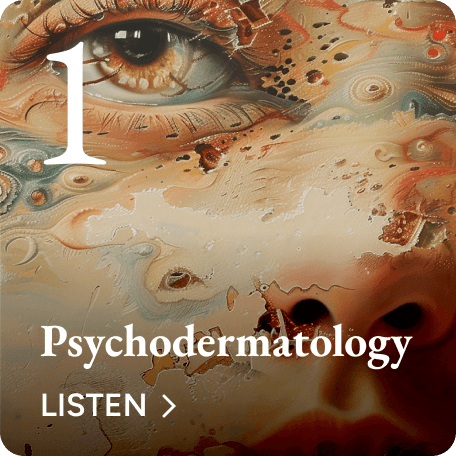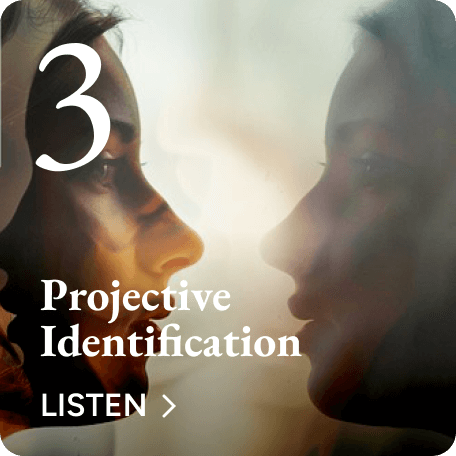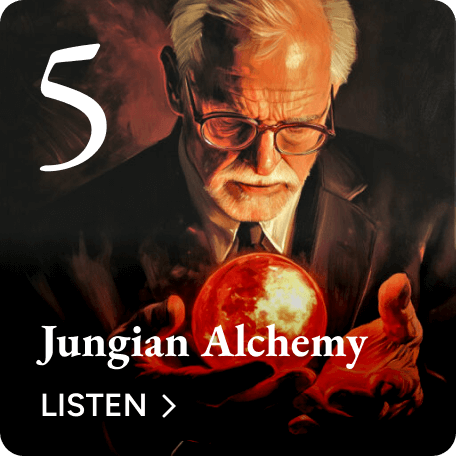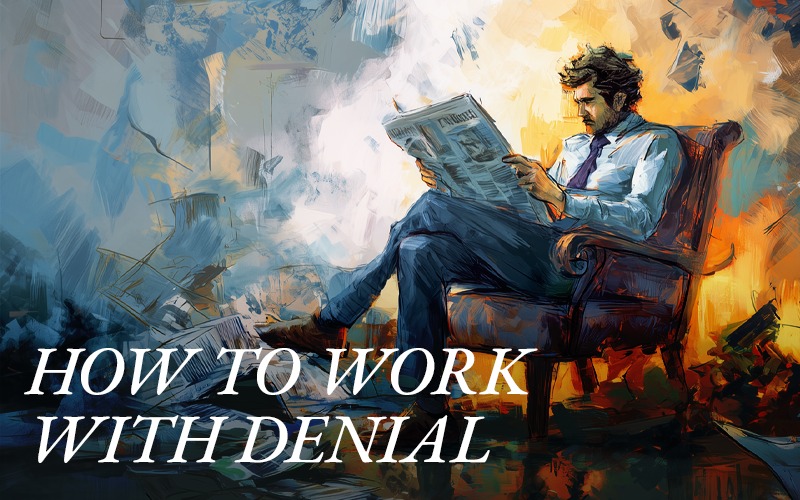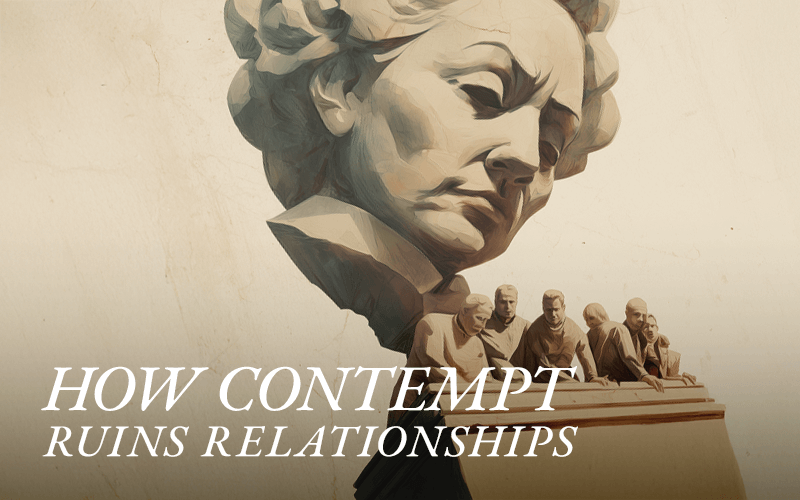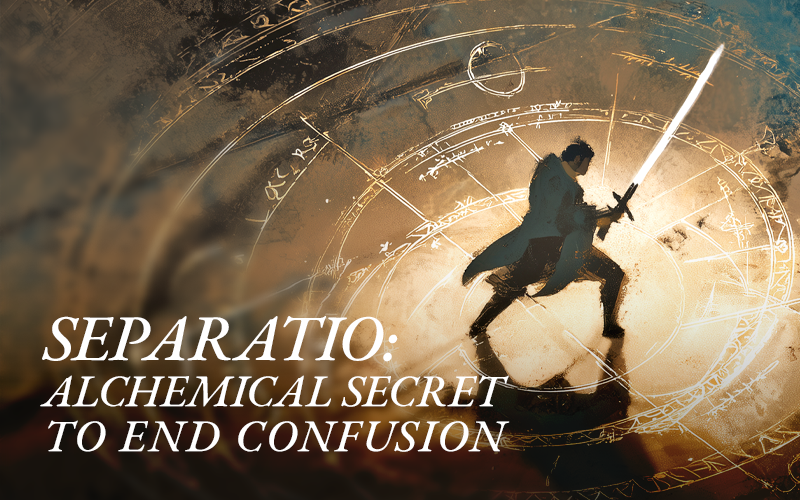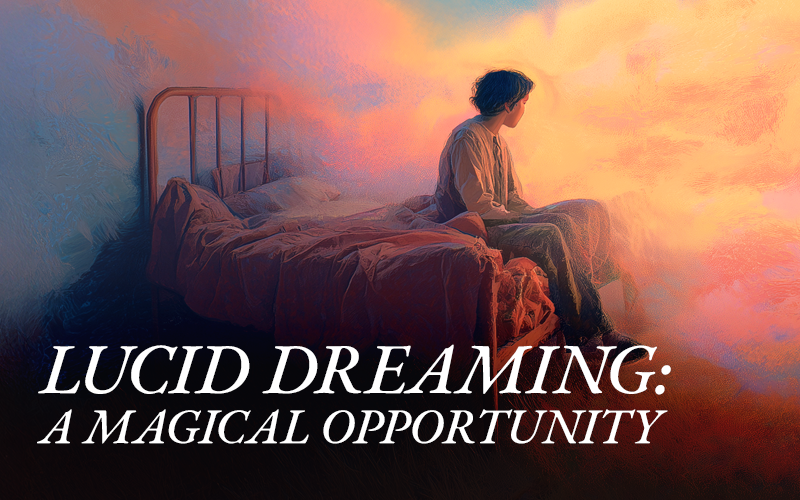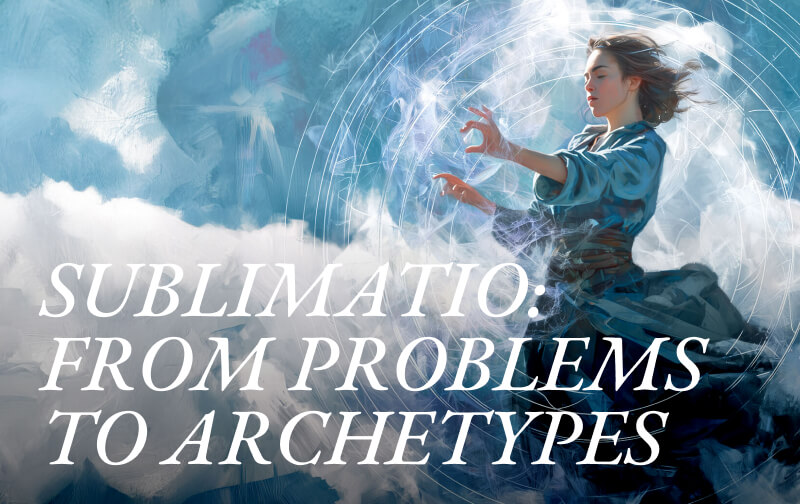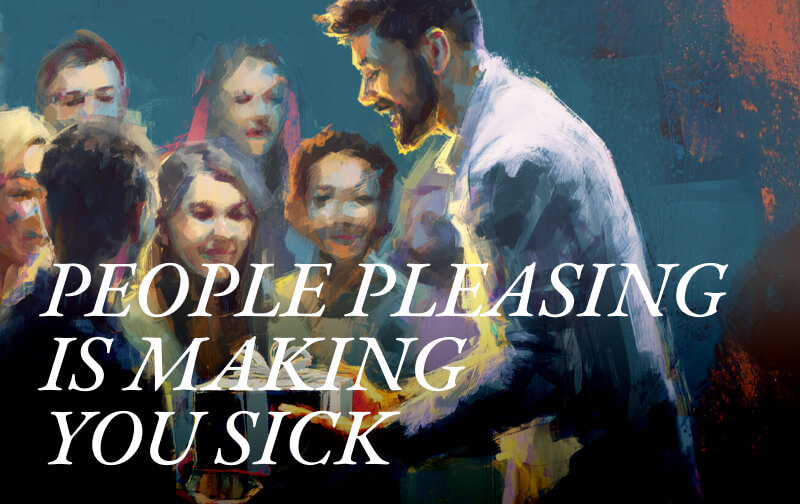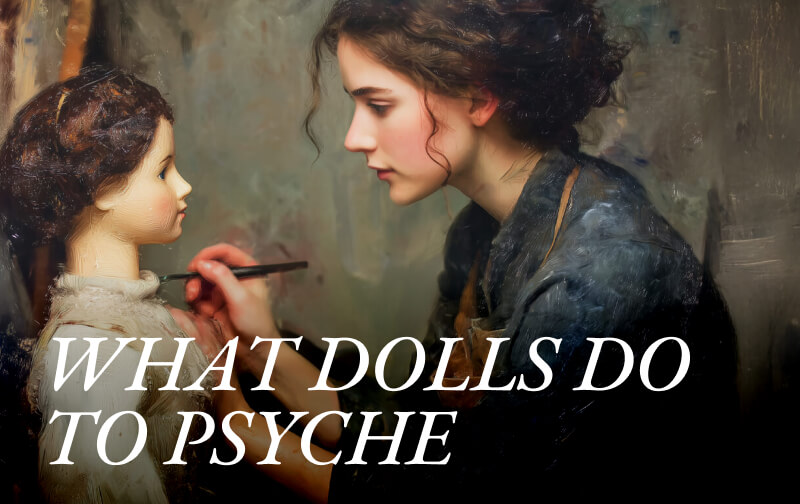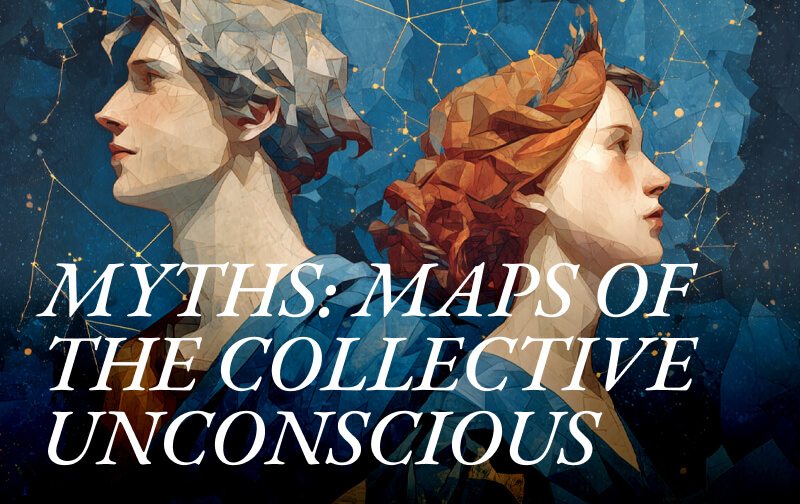Over 25 Million Downloads
Our Podcast
Eavesdrop on Lisa, Deb, and Joseph as they engage in lively, sometimes irreverent conversations about a wide range of topics and dream analysis through the lens of depth psychology provided by Carl Jung.
Over 25 Million Downloads
Our Podcast
How to Work with Denial: A Jungian Guide to Facing Reality
Denial, repression, and dissociation reflect different ways we manage what we know and feel. In denial, we face a fact that is too uncomfortable to accept and we reject it, insisting it is not true despite the evidence. In repression, we once recognized a wish, thought, or event, and then it moved outside conscious awareness while retaining symbolic form. In dissociation, awareness divides into compartments with weak links between them. Memories, affects, perceptions, and self-states can function in semi-independent ways, with only partial mutual access. In clinical work, these distinctions matter. Repressed material often returns as thoughts, images, or narratives that feel displaced, intrusive, or out of character. What we deny discharges its intensity through behavior, bodily symptoms, and slips of language. Dissociation can be observed in sudden mood shifts, shifts in viewpoints, or changes in the sense of identity. Contemporary relational theorists emphasize that some defensive operations maintain experience in an “unformulated” state; it has not yet been shaped into symbolized meaning. When we track which of these mechanisms predominates, we get a sharper map of how a person has coped and where integration work can begin.
Gratitude and Reverence: How to Lead a Sacred, Soulful Life
Gratitude tells you something about the relationship between everyday consciousness and a deeper organizing center that Jung called the Self. The “ego” is your ordinary sense of “I” the part that plans, worries, takes credit, and feels blamed. The Self refers to a larger pattern in Psyche that includes unconscious processes, symbolic images, and the sense that your life has a trajectory. Gratitude appears when the ego realizes it is not the only author of its life. You see that many good things came through other people, through chance, through events you never could have engineered. That realization softens rigid self-importance and opens space for symbolic meaning. From that attitude a benefactor may feel like an ancestor, a teacher like a carrier of a tradition, a turning point like “fate” taking an interest.
Signs Contempt Is Ruining Your Relationship & Ways to Cope
Contempt presents as a cold, distancing attitude that devalues another person. It skips addressing concrete problems and attacks a person’s self-worth. Typical signals include eye‑rolling, a curled lip, sarcasm, a mocking tone, and a rapid jump from a single incident to a total judgment. Once launched, contempt breaks interpersonal connections, stops curiosity, and blocks empathy. People deploy it to manage their secret shame, fear, and hurt by exporting those feelings into someone else. The belief about themselves and others is, “You are below my excellent standards,” which provides a short burst of invulnerability. The contemptuous might experience themselves as providing efficient, justified feedback, but later they cycle through isolation and humiliation.
SEPARATIO: The Alchemical Secret That Ends Confusion
Before the separatio cut, we may live in a state of participation mystique, a fused state that blurs the distinction between me and not-me. Separatio begins when we tease the strands apart. We learn self-inquiry that helps us differentiate what happened out there from what stirred in here. This alchemical axiom can help us distinguish between the concrete facts and our idiosyncratic meaning. Many practical dilemmas hide behind this confusion. A person determined to file for divorce may need an inner parting, not a legal filing. Once we sort the outer action from the inner psychospiritual task, our next steps become obvious. With each clean distinction, room opens for choice. This happens when we recall our projection and feel our own anger, envy, or longing. We need to place our issues inside ourselves and stop hammering on other people to make us feel better. Like skilled surgery, the perfect psychological cut is in service to the healing process. The Ego stops hiding inside self-service interpretations and meets the object as an autonomous other. That clarification can bring grief, because projections carry love and hope. The mourning that follows marks the withdrawal of fantasy from its host. What remains is smaller and truer, thus enduring. In this way, separatio builds a durable relationship to people and to reality.
LUCID DREAMING: Have we turned sacred space into a playground?
Lucid dreaming is an interesting ego state when we are dreaming and regain full self-awareness. Being awake in the dream world can be useful, but imposing a rigid agenda can undermine the Dream Maker’s attempts to educate and help us. Each dream is crafted to incrementally expand our awareness and acceptance of unconscious factors we need in order to grow. When we wake inside a dream, we can lose track of that important attitude and may use the dream as our playground—most people try to fly and miss significant opportunities. If we can achieve a non-grasping clarity, lucidity can deepen our inner work by enabling us to engage dream figures with the full measure of our curiosity. Researchers have various suggestions for increasing the frequency of Lucid Dreams, and ancient traditions like Dream Yoga help the aspirant learn about their mental structures. Attaining access to the inner worlds is similar to Jung’s Active Imagination and can yield comparable or even better results.
The Devil Archetype: A Jungian Analysis for Halloween
The devil archetype carries three qualities: it promotes bestial violence of every kind, it tries to convince us that the material world is the only reality, and it fools us into thinking we can spiritually ascend through intellect alone. On a personal level, it gathers our disowned infernal traits—envy, rage, greed, and the wish to dominate —and seduces us into believing those qualities are virtues. Once we face our own devilishness and grant it a symbolic form, we can assume a choiceful stance. Lacking that, we try to evacuate our own evil by projecting it onto others and then punishing them. As Jungians, we understand that our inferior function will first present as an imp. Still, with kind concern and thoughtful opportunities, it can transform into an uncanny ally that rescues us from malignant innocence. In its subtle form, the demonic attitude tempts us into literalism as it attacks our capacity to reflect and hold a symbolic attitude. Join us as we circumambulate The Devil in honor of Halloween.
Horror as a Mirror: What Netflix’s MONSTER Makes Us See
The new controversial Netflix series MONSTER: The Ed Geen Story offers a window into the devouring mother archetype, a transformation fantasy gone horribly wrong, and the human capacity for monstrous behavior. Geen’s crimes inspired the Hitchcock movie Psycho, The Texas Chainsaw Massacre, and Silence of the Lambs. It challenges the audience to confront its fascination with evil and begs the question, where do the monsters hide in our own Psyche? To help us wrestle with these questions we’re joined by Joey Pollari—actor, musician, director, editor and the man who plays Anthony Perkins in the show. We’ll explore how intimacy with darkness affects a performer, how public persona and private pain intersect, and why we continue watching when the camera reveals what we’d rather not know. Trigger-Warning—this episode discusses violence, death, and conversion therapy.
SUBLIMATIO: Jung’s Alchemical Method of Turning Problems into Archetypes
translation into eternity of that which has been created in time. Jung’s 1944 visions are a model for the greater form, an elevation to an objective form in which one’s entire history is transformed into a single accomplishment. In the end, we come to realize our lived experiences will abide in the collective unconscious. Lesser ascents stabilize a new perspective; the greater places are in the universal. This distinction clarifies the range of ascent imagery in dreams and visions. It also calibrates therapeutic goals against eschatological experiences.
People Pleasing Is Making You Sick!
People Pleasing is a compulsive strategy that disavows your needs and surrenders your agency. It begins in family systems that only reward compliance, which produces a false self. If your soul is constantly devalued, you may develop dependent narcissism with a covert contract: “I’ll keep you happy, and you’ll keep me safe.” Healing comes when you identify your true experience—notice whether you feel drained, tense, or obligated versus calm, interested, or genuinely willing. Give yourself permission to pause before agreeing. Say, “I’ll think about it,” step away to check in, rate how much you do or don’t like the request and give a clear yes/no. Say yes only when it aligns with your values and can be revised; a yes aimed at managing someone else’s mood or bolstering your self-worth is unhealthy and requires deeper work. Growth requires inner authority and the courage to be disliked so that your choices follow Psyche rather than external approval.
If Looks Could Kill: Surviving the Death Mother
Some mothers attack life in their children. They crush appetite, joy, curiosity, and initiative. They call it love or duty. It is not love. It is domination dressed as care. She withholds warmth to make the child obedient. She intrudes when the child needs space and vanishes when the child needs help. She shames tears, punishes play, mocks ambition, and polices the body. She turns boundaries into punishments and favors into chains. The Death Mother archetype is ancient and modern, requiring careful confrontation to free the parent and the child from its destructive grip.
Projection and Play: What Dolls Do to Psyche
Dolls are human stand-ins that invite projection and play; children use them (including action figures and Barbies) to try on identities and develop imagination, then later withdraw the projection as the figure becomes inert again. Icons and idols differ because their meaning is fixed and not for play, which limits imaginative engagement. The healthiest use of dolls is symbolic—relating to them without collapsing into literal belief—while overly realistic “reborn” dolls, talk-box toys, and similar literalizations can narrow imagination, blur symbol and reality. Across history dolls have served ritual, funerary, and “sympathetic magic” functions, echoing a recurring human urge to craft lifelike figures and “breathe life” into them. A modern parallel appears in AI’s disembodied mirroring—an echo that can soothe but does not foster embodied, self-generated play. The practical test: does the figure expand inner life and integrate feeling, or does it substitute for reality and stunt imagination? Dreams carry the same work inward; their figures function like internal dolls that invite dialogue and meaning-making.
MYTHS: Maps of the Collective Unconscious
Think of myths as the dreams of an entire culture. Those stories reside in the collective unconscious and influence all of us throughout our lifespan. Mythic patterns shape our attitudes, and when we recognize them, we can link our personal experiences to the universal. When you’re panicking, you’re under the influence of Pan; when you’re sunk in gloom, you’re on a night-sea journey like Odysseus. Jungians’ call linking the personal to the universal, amplification: take a symptom, link it to a myth, and you’ve shifted it from “my private defect” to “a shared force,” which gives us objectivity. Jung noticed that when we lose awareness of the mythic, those patterns secretly affect us and tend to act themselves out, sometimes recklessly. Today, we’ll help you bring these grand narratives into awareness and understand how they help and, at times, hinder you.
